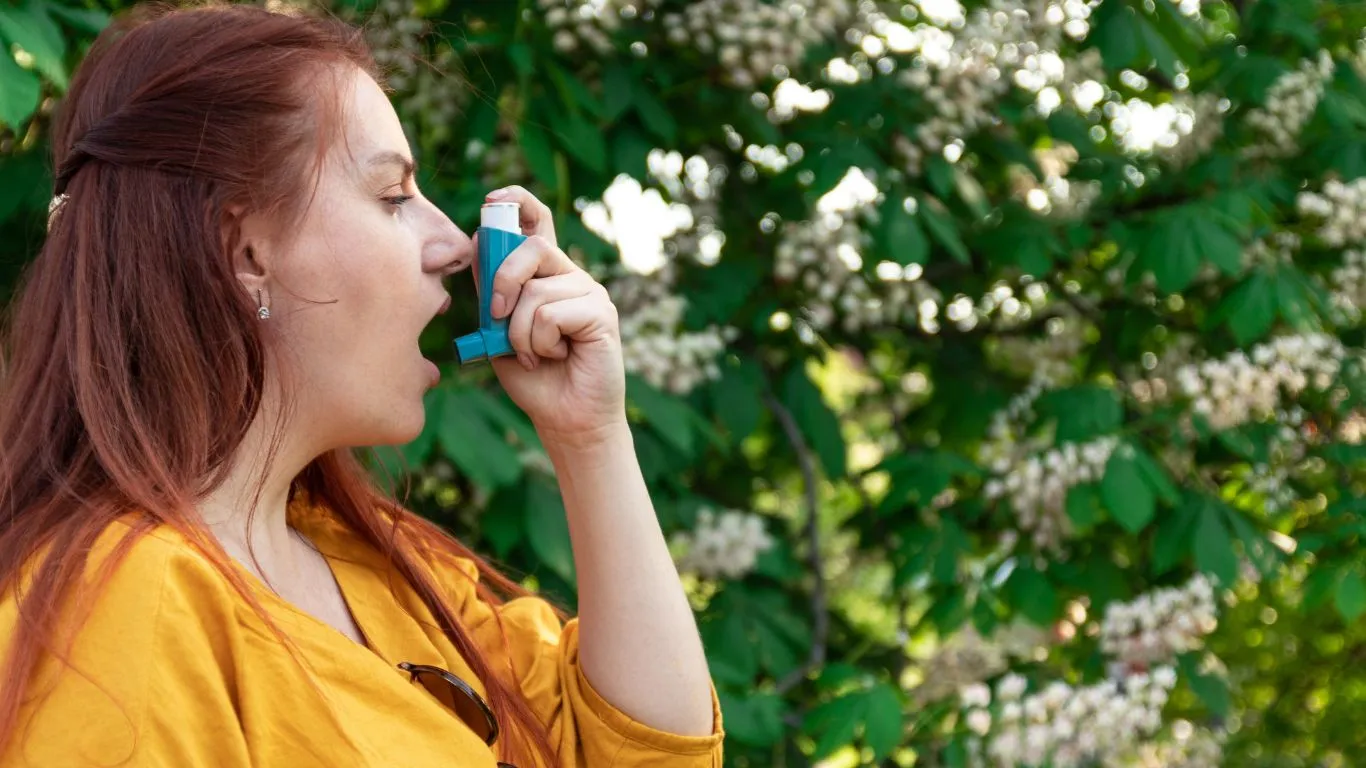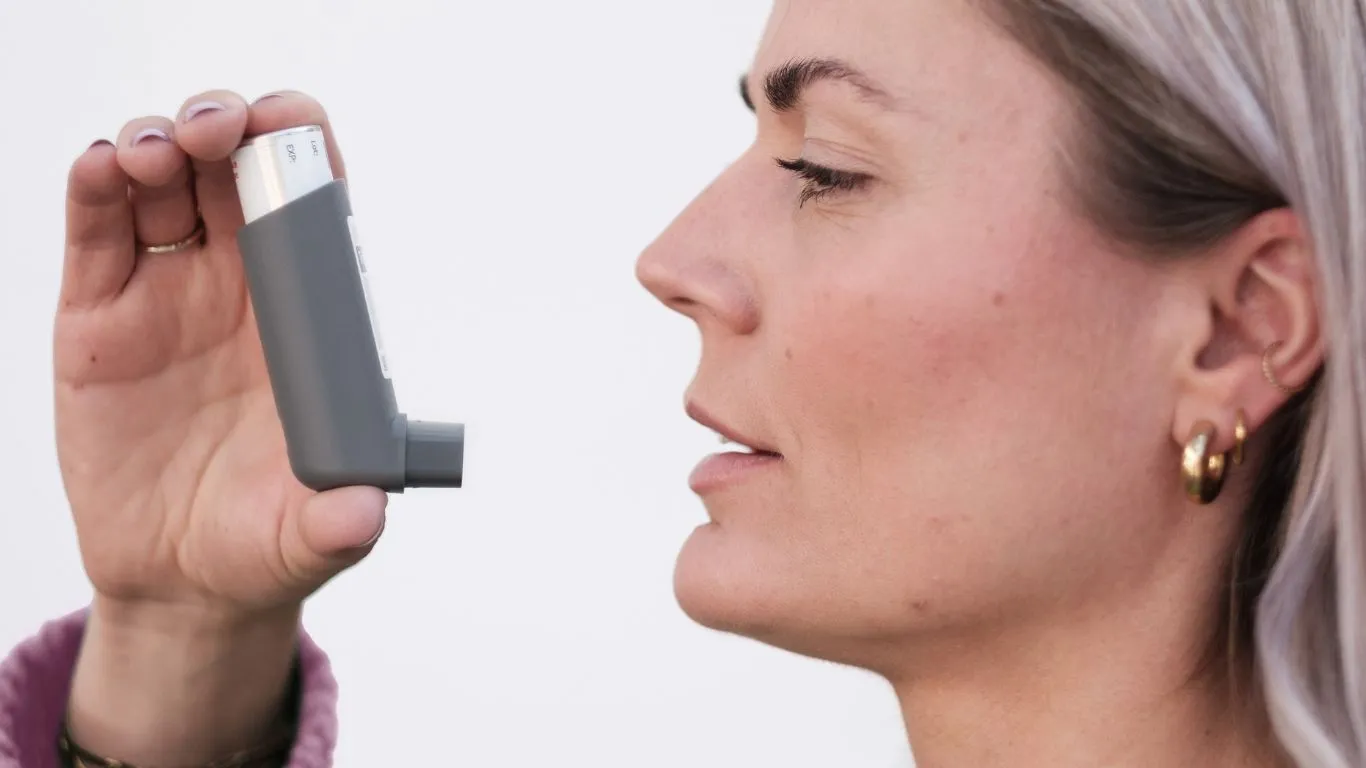How to Stretch Lungs Naturally for Better Breathing Health
Let me tell you something I’ve learned from years of working with people who struggle to catch a full breath — learning how to stretch lungs naturally can truly change your life. As a pulmonary nurse practitioner, I’ve seen firsthand how small, simple habits can make a big impact on lung function, especially for folks dealing with asthma, COPD, or even post-COVID fatigue. But here’s the good news — you don’t need fancy equipment or intense workouts. You just need to know what actually works, and more importantly, what feels right for your body.
Why Lung Flexibility Matters More Than You Think

Most people don’t realize lungs aren’t muscles — they’re soft, spongy tissues that depend on the diaphragm and intercostal muscles to expand and contract. So when we talk about “stretching the lungs,” we’re actually referring to improving the flexibility and efficiency of the entire breathing system. And that includes your posture, diaphragm, chest wall, and even your stress levels.
From my clinical experience, the patients who consistently improved their breathing weren’t just popping inhalers. They were the ones who took 5-10 minutes a day to build better breathing patterns. And yes — some of them were skeptical at first too. But when you start noticing you can walk up the stairs without wheezing, or laugh without coughing, it starts to click.
What Happens When Your Lungs Are “Tight”?
It’s a term I hear a lot — “My chest feels tight.” That tightness usually comes from poor air movement, muscle tension, or inflammation. It can be physical (think slouched posture, shallow breathing), emotional (anxiety-induced chest tightness is real), or structural (like from scarring or chronic conditions). Learning how to stretch lungs naturally can gently improve that tightness without overwhelming your system.
Simple Daily Lung Stretches That Actually Work

1. Deep Diaphragmatic Breathing
I teach this to almost every patient. Here’s how you do it:
- Sit or lie down comfortably, place one hand on your chest and one on your belly.
- Breathe in slowly through your nose, letting your belly rise while keeping your chest still.
- Exhale through pursed lips like you’re blowing out a candle, and feel your belly fall.
Start with 5 minutes in the morning or whenever you’re feeling short of breath. It’s not about speed — it’s about being intentional.
2. Chest Expansion Stretch
This one’s great if you sit at a desk all day or feel hunched over a lot (guilty!). Stand tall, clasp your hands behind your back, and gently lift your arms while opening up your chest. Inhale deeply and hold the stretch for about 10-15 seconds. It not only stretches your intercostal muscles but also feels amazing if you’ve been tense.
3. The “Humming” Exhale
This one might feel silly at first, but it’s rooted in real science. Humming during exhalation increases nitric oxide production, which can open up your airways and improve oxygen exchange.
Just take a deep breath in through your nose and hum as you slowly exhale. Try doing this for 2-3 minutes. Bonus? It’s incredibly calming — something I suggest to anxious patients all the time.
Signs Your Lungs Are Getting Stronger

- You’re breathing deeper without even thinking about it.
- You wake up with more energy and less congestion.
- You can sing, laugh, or talk without gasping.
- Exercise recovery feels quicker.
And one big one I always point out — your mood lifts. Oxygen is brain food. When you breathe better, you feel better. Period.
I’ve had patients tell me, “Bianca, I didn’t realize how bad my breathing was until it got better.” That moment of clarity is powerful. And it’s often the result of doing these natural techniques every day — not perfectly, but consistently.
Posture Makes or Breaks Your Breathing

Okay, we’ve talked about breathing techniques, but let me say this — you can do all the deep breathing in the world, but if your posture is off, your lungs won’t expand the way they should. It’s something I constantly have to point out (gently, of course) to my patients. Rounded shoulders, slouched backs, and tight hips all mess with your diaphragm’s range of motion.
The “Wall Test” Trick
Here’s something I often show during clinic visits. Stand with your back against a wall — heels, butt, shoulder blades, and head touching the surface. Can you take a full, deep breath without straining your neck or puffing your chest? If it feels awkward, chances are your posture has been cheating your lungs out of full expansion.
Simple fix? Practice that position daily, maybe while brushing your teeth or during breaks at work. Over time, your muscles will remember that alignment — and your breathing will thank you.
How to Stretch Lungs Naturally Through Movement

Let’s move a little. No, you don’t have to hit the gym hard — in fact, overexertion can backfire if you’re just starting to rebuild your lung health. I’m a big believer in movement that’s gentle, rhythmic, and breath-focused. Think yoga, walking, swimming, tai chi — all of these can help expand lung capacity when done mindfully.
Yoga Poses That Help Open the Chest
- Cobra Pose (Bhujangasana): Opens up the chest and stretches the lungs while strengthening your back.
- Bridge Pose: A great passive stretch that lifts your chest and allows for deeper inhalation.
- Seated Forward Fold: Surprisingly helpful for lengthening your exhalations and encouraging diaphragmatic control.
You don’t have to do a full flow or be super flexible. Just pick 2-3 poses, sync your breath with your movements, and focus on slowing everything down. I do this myself after long days in clinic — it helps me decompress and literally breathe easier.
Breathing Tools: Helpful or Hype?

I get asked this a lot: “Should I use those breathing trainers or spirometer devices?” And the answer is… sometimes. They can be super effective, especially for folks recovering from surgery, chronic illness, or respiratory infections. But they’re not a replacement for actual, functional breathing and body awareness.
If you’ve ever been given an incentive spirometer in the hospital, you know the drill — inhale slowly through the mouthpiece and watch the indicator rise. It helps re-expand the alveoli in your lungs and prevent complications like pneumonia. For at-home use, I sometimes recommend:
- Breath resistance devices — they add a little load to inhalation/exhalation and can help strengthen respiratory muscles.
- Bubble PEP therapy — a fun trick I use with kids and adults alike. Just blow bubbles through a straw into a cup of water. It creates back-pressure and mimics the benefits of some expensive tools.
That said, you don’t need fancy gear to get results. If you’re breathing with intention, using your full diaphragm, and moving your body regularly, your lungs will gradually become stronger and more elastic on their own.
Foods That Support Lung Function Naturally
This might surprise some people, but yes — what you eat can absolutely influence how well your lungs perform. I’m not saying there’s a magical food that makes you breathe better instantly (if only), but certain nutrients can reduce inflammation, support tissue repair, and improve oxygen utilization.
My Go-To Lung-Friendly Nutrients:
- Omega-3s: Found in fatty fish, flaxseed, and walnuts. These help reduce airway inflammation, especially in people with asthma.
- Magnesium: Known to support bronchial relaxation. I often suggest foods like spinach, avocado, or pumpkin seeds.
- Antioxidants: Vitamin C, E, and flavonoids in berries, citrus, and leafy greens help neutralize oxidative stress from pollution and illness.
One tip I share often: if mucus is an issue (and let’s be honest, for a lot of folks it is), consider dialing back dairy and increasing your hydration. Sometimes, just cleaning up the diet a little can lead to easier, smoother breathing within days.
Between nutrition, movement, and daily mindful breathing, you’re giving your lungs the space and strength they need to thrive — naturally. And trust me, your future self will thank you when you’re hiking, dancing, or just laughing without thinking twice about your breath.
Creating a Lung-Friendly Environment

You know, breathing easier isn’t just about what you do *inside* your body — it’s also about what’s *around* you. As a pulmonary nurse practitioner, I’ve seen many patients struggle because their environment works against their lungs. Smoke, pollution, allergens, and even indoor mold can all tighten those airways and make stretching your lungs naturally way harder.
Here are some simple yet powerful tips I share with my patients to create a lung-friendly space at home or work:
- Keep your air clean: Open windows when you can, use air purifiers, and avoid smoking indoors.
- Manage allergens: Regularly vacuum, wash bedding in hot water, and consider hypoallergenic covers if dust mites or pet dander are an issue.
- Watch out for chemicals: Many cleaning products contain harsh irritants. Switch to natural or fragrance-free options when possible.
- Humidity matters: Keep indoor humidity between 30-50% to avoid mold growth but also prevent overly dry air.
Small changes like these can reduce lung irritation and make your natural lung stretching efforts much more effective. Think of it as clearing the runway before your lungs take off.
Advanced Breathing Habits to Level Up Your Lung Health

Once you’re comfortable with the basics—deep diaphragmatic breathing, posture, and movement—it’s time to take things a step further. Over the years, I’ve guided many patients through these next-level breathing habits that can improve lung elasticity and overall capacity even more.
Controlled Breath Holds
Breath holding, when done safely, can help increase lung volume and improve oxygen efficiency. Here’s a simple way to try it:
- Take a slow, deep breath in.
- Hold your breath comfortably for 3-5 seconds (never strain or push beyond comfort).
- Exhale slowly and completely.
Repeat this cycle 5-6 times. Over time, you can gradually increase the hold time—but always listen to your body and stop if you feel dizzy or uncomfortable.
Box Breathing
Popular among athletes and even military personnel, box breathing is a rhythmic technique that balances oxygen intake and carbon dioxide release, helping calm the nervous system and open the lungs.
Try this pattern:
- Inhale for 4 seconds
- Hold for 4 seconds
- Exhale for 4 seconds
- Hold for 4 seconds
Repeat for a few minutes daily. I often suggest this technique to patients who feel anxious or experience tightness triggered by stress.
Incorporate Mindfulness
Breathing is automatic, but becoming mindful about it can completely change how your lungs function. Over my years in pulmonary care, patients who embrace mindfulness techniques — even simple meditation paired with breathing — tend to report less shortness of breath and better energy levels.
So, whether it’s a morning meditation, a mindful walk, or just pausing to check in with your breath during the day, these tiny moments of awareness add up.
Final Thoughts: Keep It Consistent and Kind
I can’t stress this enough — improving lung health naturally is a journey, not a race. You might have days when breathing feels harder, and that’s okay. The key is to be consistent with these habits and gentle with yourself.
In my clinic, I’ve witnessed people go from struggling to catch their breath to running around with their grandkids or hiking trails they never thought possible. It’s all about patience, persistence, and using proven, natural techniques to stretch and strengthen your lungs.
References
Disclaimer
This article is for informational purposes only and does not replace professional medical advice, diagnosis, or treatment. Always consult your healthcare provider before starting any new exercise or breathing regimen, especially if you have a lung condition or other chronic health issues.

Bianca Nala is a compassionate Nurse Practitioner with a strong background in primary and respiratory care. As a health writer for Healthusias.com, she combines her clinical expertise with a talent for clear, relatable storytelling to help readers better understand their health. Bianca focuses on topics like asthma, COPD, chronic cough, and overall lung health, aiming to simplify complex medical topics without losing accuracy. Whether she’s treating patients or writing articles, Bianca is driven by a single goal: making quality healthcare knowledge accessible to everyone.






